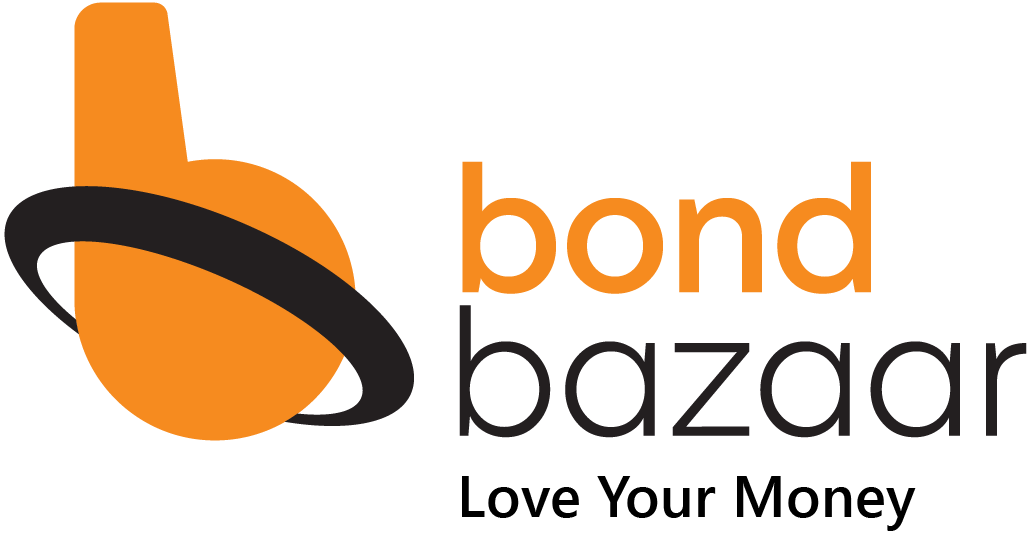So You Have Availed a Digital Loan, Now Know These Norms To Protect Yourself
Digital loans have completely flipped the script for getting loans and financial help. However, as convenient as it is to avail of a digital loan, it's crucial to understand the norms and regulations that govern this space. This section will unpack the main points of digital lending rules so you know exactly what's happening and your rights when borrowing.
Recently, the Reserve Bank of India asked a non-banking finance company to stop giving loans through two digital lending products due to non-adherence to norms aimed at protecting borrowers.

Understanding the Fundamentals of Digital Lending
What Is Digital Lending?
Digital lending refers to the process where all or most stages of the loan cycle – from customer acquisition and credit assessment to loan approval, disbursement, and recovery – are carried out using digital technologies. While there may still be a bit of brick-and-mortar, in-person interaction, the crux of lending now rides on digital waves, giving lenders and borrowers alike room to move with ease.
What’s the role of Lending Service Providers?
Lending Service Providers, or LSPs, act as a bridge between borrowers and lenders. But LSPs are super important for connecting lenders and borrowers in digital lending.
However, their designation as LSPs is contingent upon the transaction falling under the 'Digital Lending' ambit. How we categorize this stuff matters big time because it decides what rules and guidelines we must follow.
Key Regulations in Digital Lending
Grievance Redressal Mechanisms
One of the critical aspects of digital lending is the appointment of Grievance Redressal Officers. For loan service providers who directly deal with borrowers, it's necessary to have a smooth system to handle any complaints or issues.
Specifics of Loan Products and EMI Programs
Various loan products, including those offered on credit and debit cards, have distinct guidelines. For instance, EMI programs on credit cards are governed separately and are not typically covered under standard digital lending guidelines. However, borrowers need to understand these details to ensure they follow the rules and understand everything.
Annual Percentage Rate (APR) Disclosure
The disclosure of the APR, especially in the case of floating-rate loans, is a vital element of digital lending. So borrowers can make smart choices, lenders need to clearly break down the total cost of a loan.
Insurance Charges and Loan Costs
Insurance charges linked to digital loans are included in the APR calculation, reflecting the actual cost of borrowing. For loans where insurance is a key part, including those costs in the overall calculations is important.
Repayment and Fund Flow Regulations
Repayment and Fund Flow Regulations
Advanced Aspects of Digital Lending
Delinquent Loans and Recovery Processes
In cases of delinquent loans, physical intervention for recovery might be necessary. However, such interventions are regulated, and the recovery process must be transparent and reflected accurately in the borrower's account.
Co-Lending and Corporate Loans
Co-lending transactions and corporate loans, including those to MSMEs, also fall under digital lending guidelines. These guidelines set the rules for how money moves and gets paid back so everyone sticks to what's agreed on.
Mobile Banking and Digital Loan Services
Digital loans offered via mobile banking apps or websites must comply with the digital lending guidelines if they fall under the 'Digital Lending Apps/Platforms' (DLAs) definition. Getting familiar with these rules is a must to understand the digital loan process.
Compliance and Charges in Digital Lending
Penal Interest and Contingent Charges
The guidelines specify how penal interest and other contingent charges, like cheque bounce or mandate failure charges, should be levied and disclosed. These charges must be transparent and communicated clearly to the borrower.
Processing Fees and Cooling-Off Periods
The treatment of processing fees, especially during the cooling-off period, is another crucial aspect. While lenders can retain a reasonable processing fee if a customer exits the loan during this period, this should be disclosed upfront.
The Role of Recovery Agents
In instances of loan delinquency, lenders may assign recovery agents. Lenders should clearly share recovery agent details with borrowers to keep things open and uphold fair debt collection.
The online loan world is convenient, but you need knowledge of its rules to not just make smarter money choices but also stay safe under regulatory protection.
Getting the hang of these rules doesn't just make you smart, but also puts legal protection in your corner.
Always remember that being savvy about your finances gives you the upper hand.
Keep yourself in the loop, be sharp and grab every chance to take advantage of online lending options.

